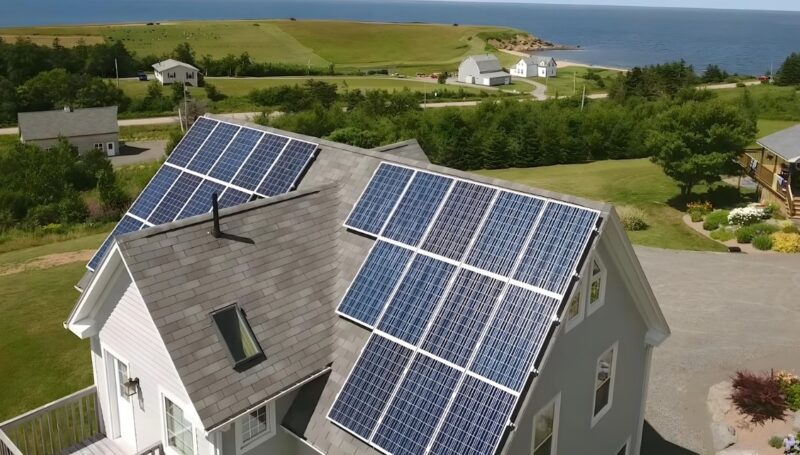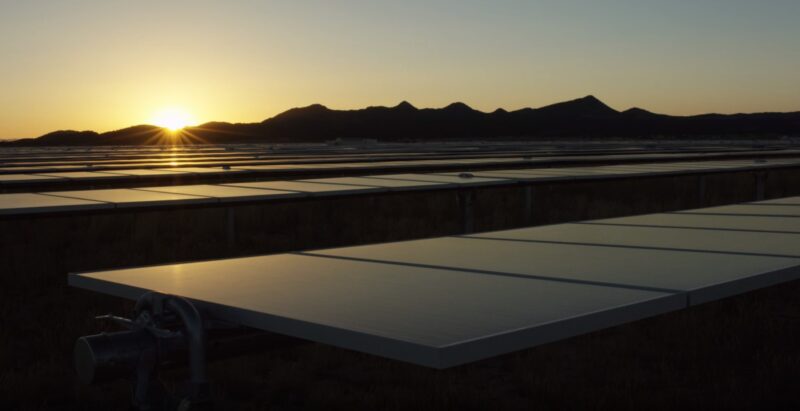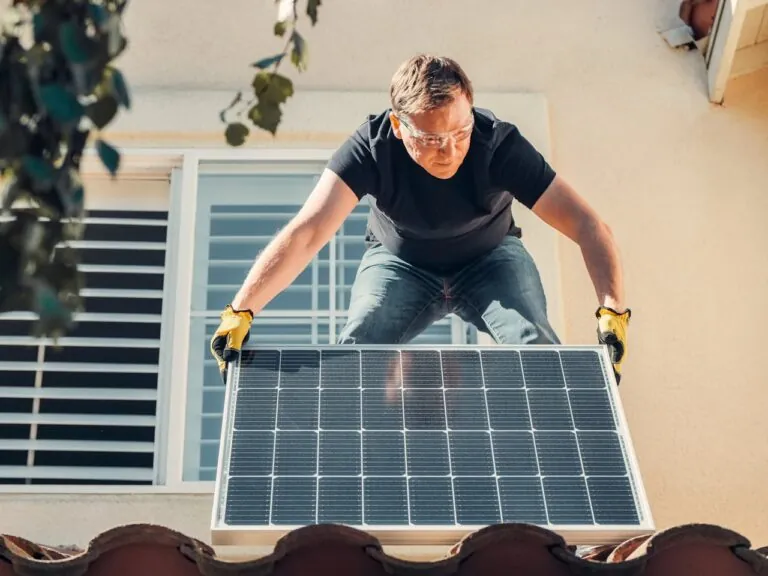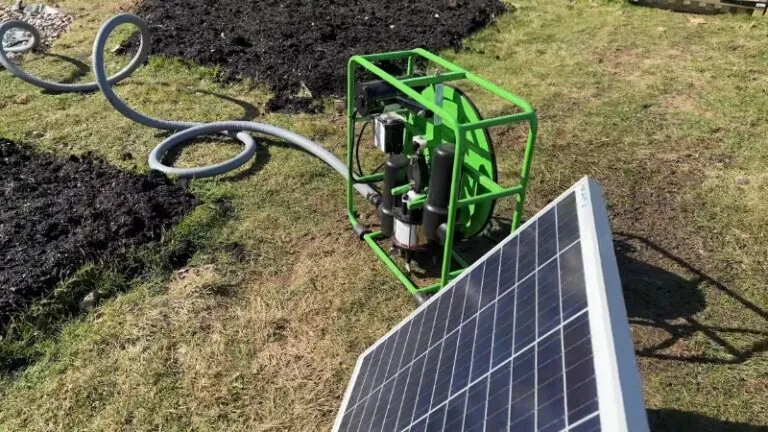Solar energy, a sustainable and renewable energy source, has surged in popularity as homeowners and businesses alike seek to reduce their carbon footprint and electricity bills. At the heart of this movement are solar panels, devices that convert sunlight into electricity.
How Much Electricity Can Solar Panels Produce?
On average, a solar panel can produce about 2 kWh of electricity daily, contributing significantly to a household’s energy needs. Annually, a solar panel system starting at 1 kW can generate between 750 and 850 kWh.
Considering an average American household consumes around 10,000 kWh per year, solar panels can cover a significant portion of this demand, especially with an appropriately sized system.
Estimating Solar Panel Output
To calculate the output of a solar panel, one can multiply the panel’s wattage by the average number of hours of direct sunlight received. For instance, modern panels with a power output ranging from 370 to 400 watts can produce substantial electricity under ideal conditions.
With factors like the roof’s direction, condition, and the amount of peak sun hours considered, homeowners can estimate the energy production capabilities of their solar installations.
The Impact of Installation and Environment
The number of panels installed, along with the size and orientation of the roof, plays a significant role in the total electricity generation. Sunnier locations naturally facilitate higher energy production.
Moreover, the efficiency of solar panels gradually decreases over time, with a typical degradation rate of about 0.5% per year, emphasizing the importance of considering long-term performance in energy projections.
What Are the Costs?
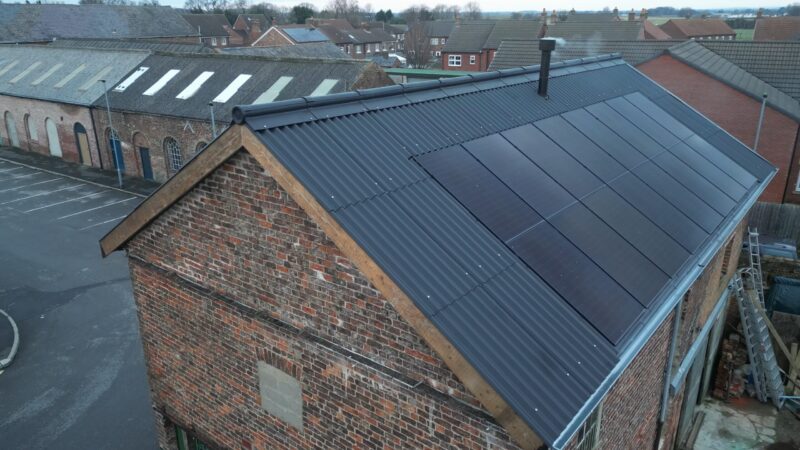
The upfront cost of solar panel installation can be substantial, encompassing not just the panels themselves but also inverter systems, batteries for storage, and installation labor. These costs can vary widely depending on the size of the system, the type of solar panels used, and the complexity of the installation.
While the initial investment may seem daunting, it’s essential to consider the long-term savings on energy bills and potential increase in property value.
Making Solar Accessible: Financing Options
Recognizing the financial barriers to solar adoption, various financing options have been developed to make solar energy more attainable:
- Loans: Solar loans can cover the entire cost of installation, allowing homeowners to pay off the investment over time.
- Grants and Rebates: Some governments and organizations offer grants or rebates to reduce the net cost of solar panel systems.
- Tax Credits: In many places, homeowners can benefit from tax credits that significantly lower the cost of solar energy systems, making the initial investment more manageable.
These financing mechanisms are crucial in democratizing access to solar energy, enabling a broader segment of the population to participate in the clean energy transition.
Maintenance: What to Expect
Solar panel maintenance is relatively minimal but crucial for optimal performance. Routine tasks include cleaning the panels to remove dust, dirt, and other debris that can block sunlight and reduce efficiency.
Inspections are also recommended to identify and address any potential issues, such as loose wiring or damage to the panels. Generally, maintenance can be as infrequent as once or twice a year, depending on local environmental conditions.
Are There Any Regional Variations in Efficiency?
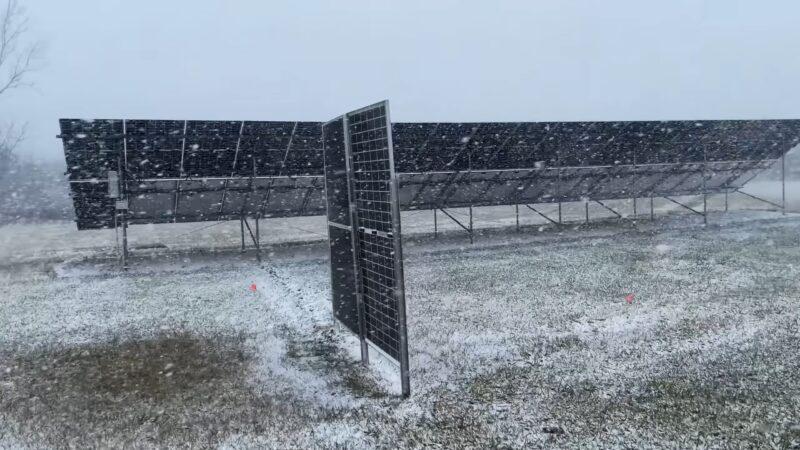
Solar panel output and efficiency can vary significantly across different climates and regions. For example, panels installed in sunny, desert climates such as the Southwestern United States tend to produce more electricity than those in less sunny areas.
Conversely, regions with less sunlight or more frequent cloud cover may require more panels to achieve the same energy output. Understanding these regional differences is essential for accurately estimating the potential energy production and savings from solar panel installations.
Why Is Green Finance Good for The Planet and The Economy?
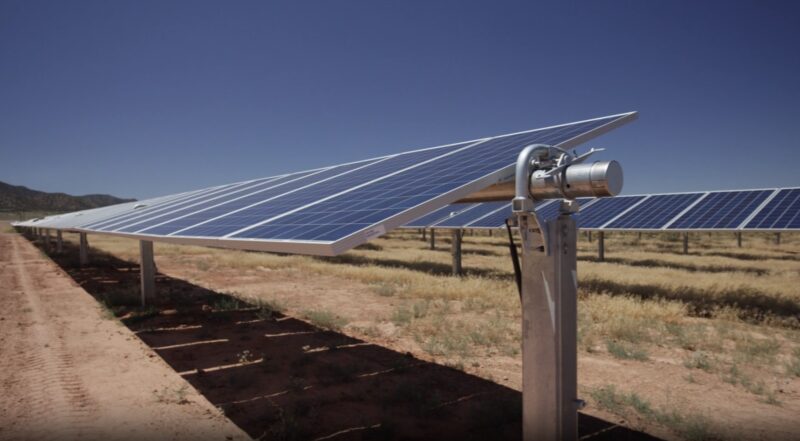
Solar panels not only contribute to a greener planet but also offer significant savings on electricity bills. With the average installation generating around 30 kWh of solar energy daily, most, if not all, of a household’s energy consumption can be covered.
This energy independence can substantially reduce or even eliminate electricity costs, with the exact savings dependent on individual energy usage and local utility rates.
Incentives and Credits
Excess energy produced by solar panels can be credited back to the homeowner through net metering policies offered by many local energy utility companies. This system allows for further savings and encourages the adoption of solar energy by making it financially viable for more households.
Environmental Impact
Beyond the financial benefits, the adoption of solar energy significantly reduces the reliance on fossil fuels, cutting down on greenhouse gas emissions and contributing to a healthier environment. Solar panels offer a clean, sustainable energy solution that aligns with global efforts to combat climate change.
FAQ
Can Solar Panels Work in Cold Climates?
Yes, solar panels can work efficiently in cold climates. Solar panels can perform better in cooler temperatures as excessive heat can reduce the efficiency of photovoltaic cells. Snow can temporarily decrease production by covering panels, but the reflection of sunlight off snow can also increase performance once panels are cleared.
Do Solar Panels Require Direct Sunlight to Generate Electricity?
While direct sunlight enhances the efficiency and electricity output of solar panels, they can still generate electricity on cloudy or overcast days, albeit at reduced levels. Advances in photovoltaic technology have improved the ability of panels to capture diffuse solar radiation.
How Long Do Solar Panels Typically Last?
Solar panels are built to last and typically come with a warranty of 25 to 30 years. However, many panels continue to operate efficiently well beyond their warranty period, often up to 40 years, with a gradual decrease in output over time.
Can I Install Solar Panels Myself?
While it is technically possible to install solar panels yourself, professional installation is recommended to ensure safety, maximize efficiency, and comply with local regulations and incentive programs. DIY installation might void warranties or eligibility for certain rebates and incentives.
Are Solar Panels Harmful to the Environment?
Solar panels have a net positive impact on the environment, significantly reducing greenhouse gas emissions by generating clean, renewable energy. However, like all manufactured products, they have an environmental footprint related to their production and disposal. Efforts to recycle solar panel components are increasing to mitigate these impacts.
How Do Solar Panels Impact Home Resale Values?
Homes with solar panel installations often see an increase in resale value. Buyers appreciate the benefits of reduced electricity bills and environmental impact, making solar-equipped homes more attractive in the real estate market. The exact impact on resale value can vary by location, system size, and energy prices.
Bottom Line
The potential of solar panels to meet and even exceed household energy needs is clear. With advancements in photovoltaic technology and increasing efficiency, solar energy has become a viable and sustainable source of power for millions worldwide.
By understanding the factors that affect solar panel output and the benefits of solar energy, homeowners can make informed decisions about incorporating solar panels into their energy solutions, contributing to a greener planet, and enjoying the financial rewards of renewable energy.








